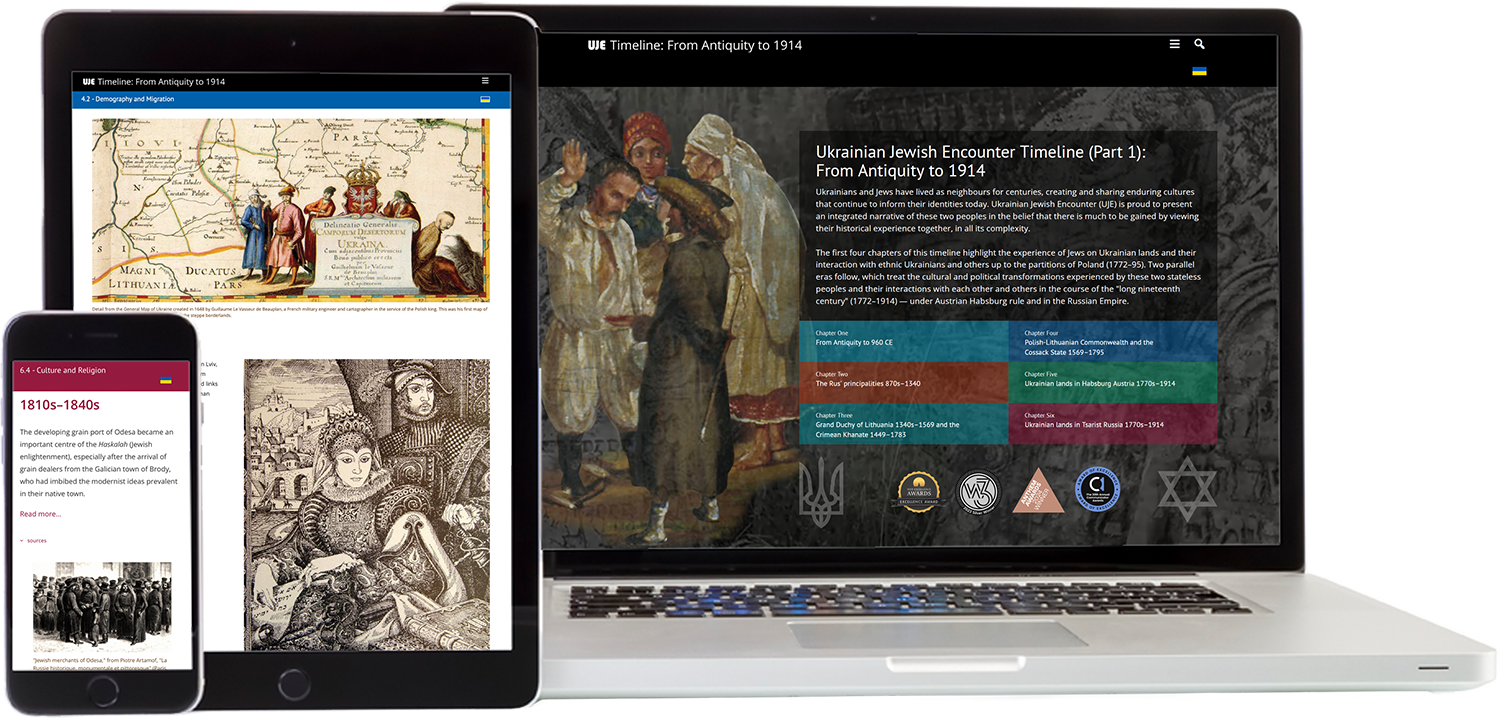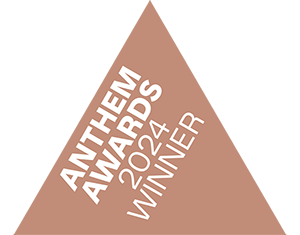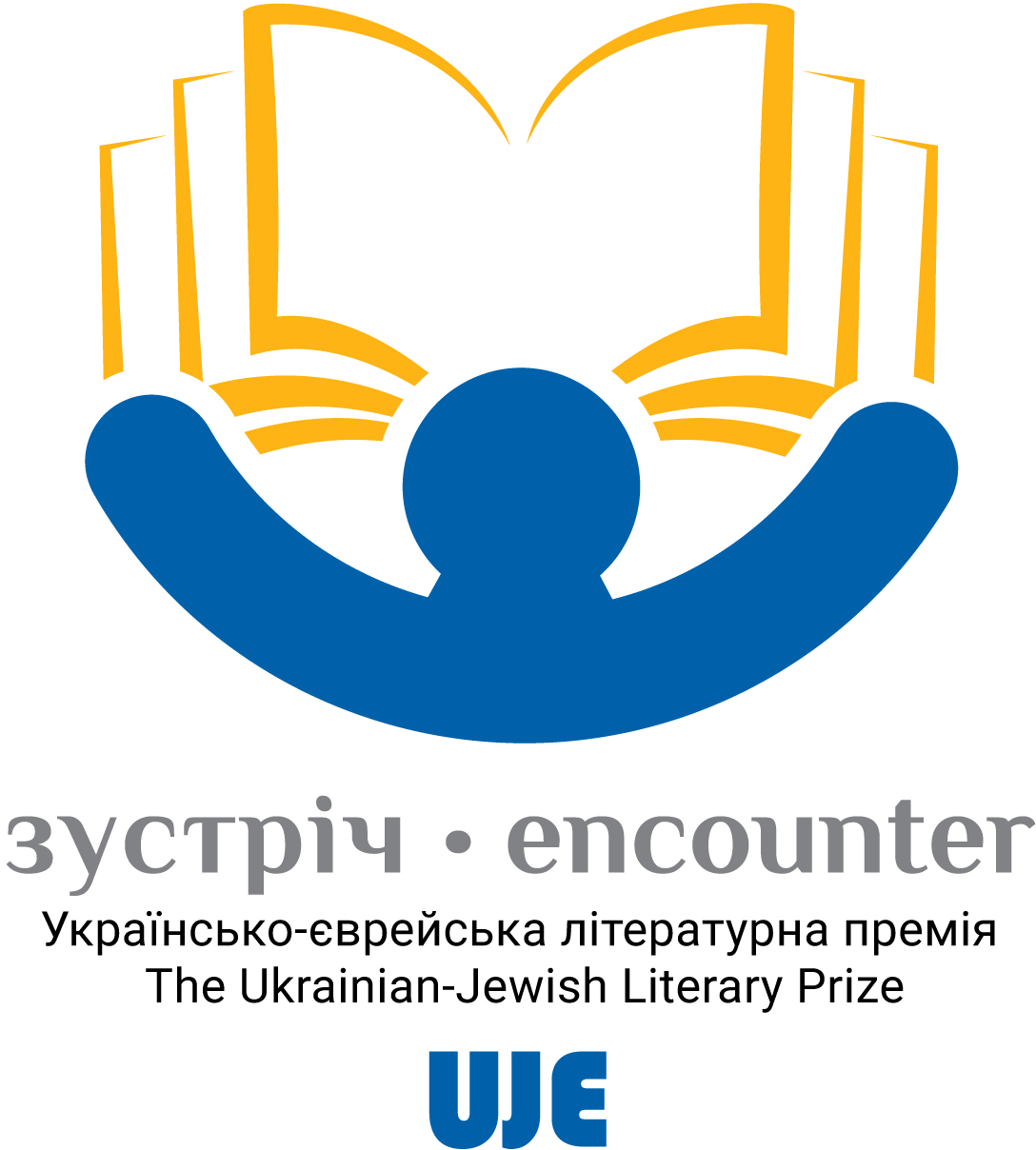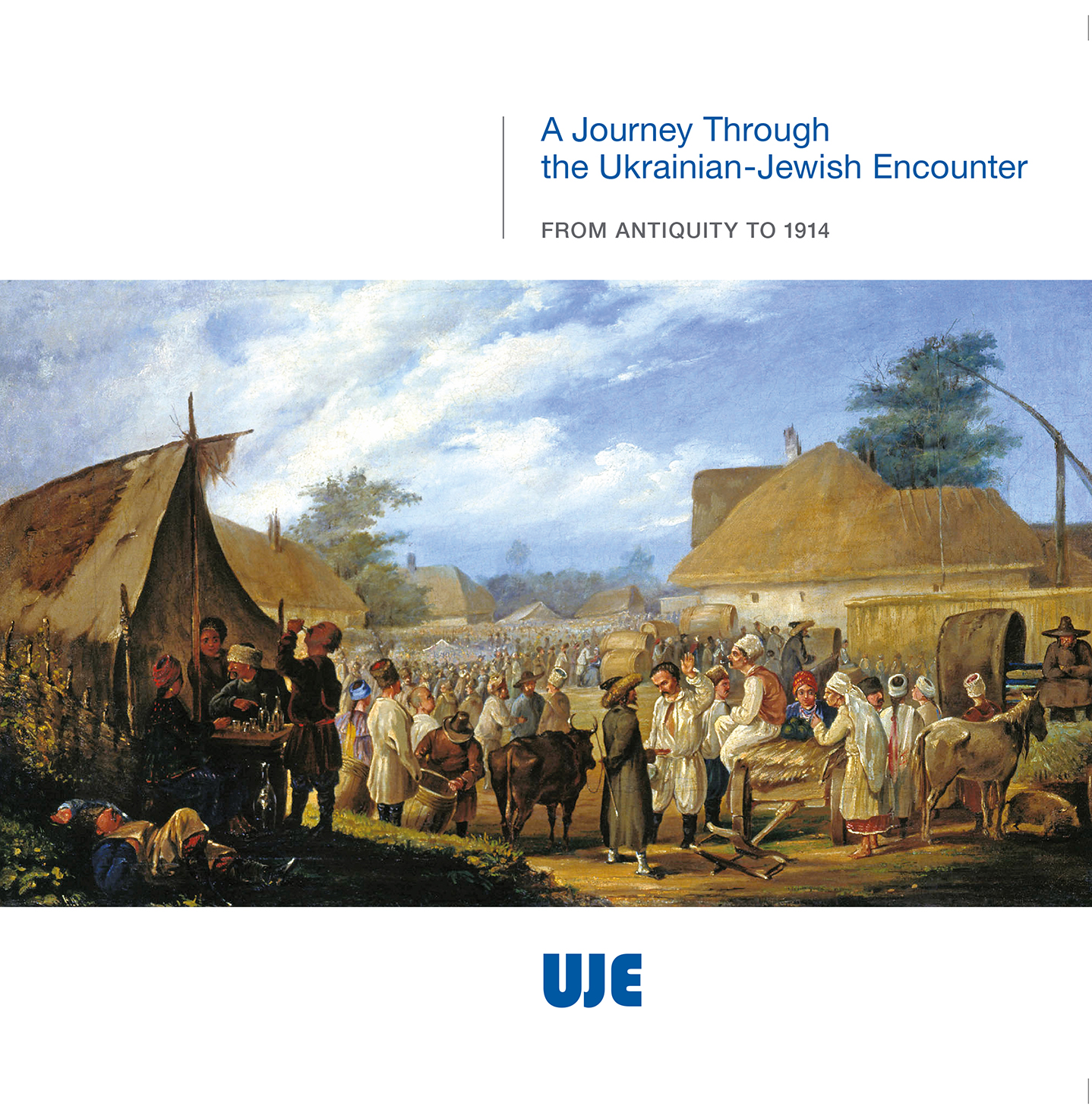Religious and klezmer Jewish music and its links with Ukraine
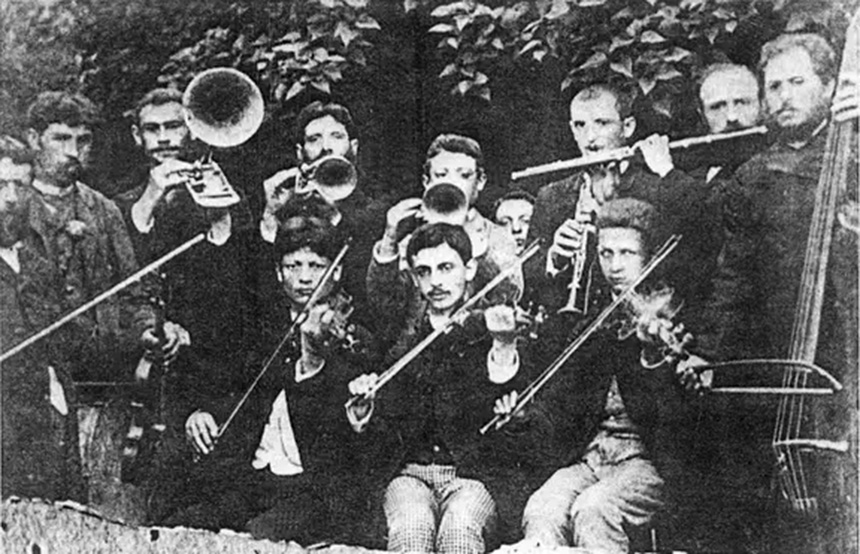
Our guest in the studio is Michal Stamova, who holds a Master's degree in Jewish Studies and consults Project Kesher Ukraine on Jewish education. An expert in the history, culture, and traditions of the Jewish community, and a member of the Ukrainian Association for Jewish Studies, she translated the Haggadah and prayers from Hebrew into Ukrainian.
Music in Judaism
Yelyzaveta Tsarehradska: Let us consider the mutual influences between Ukrainian and Jewish cultures, including those from a religious perspective. What is the attitude to music in Judaism?
Michal Stamova: The attitude is quite good, and Jewish music has an ancient tradition spanning millennia. The first worship of God was with musical instruments in Jerusalem's first temple. The Torah also discusses singing and instrumental music extensively. That is, Judaism welcomes music as a way of glorifying the Most High. You know that in Judaism, man is created good, in the image and likeness of the Most High. So, a person is a creator who can express their talents and praise the Almighty for this gift.
We had King David, who sang and wrote music. He was a bard, a king, and a warrior — quite a charismatic person. If you read the Torah and the Tanakh, you will find many musical fragments, such as songs and even ballads. Unfortunately, the music did not survive; however, modern Jewish and non-Jewish composers have produced many different works set to these words. This encompasses a wide range of world music and stories.
Folk music in Judaism
Yelyzaveta Tsarehradska: I would like to get a better grasp of the concept of Jewish folk music. Does it exist as such? You've mentioned that the written tradition is very ancient. Can we assume there is a definition of Jewish folk music after all?
Michal Stamova: I wouldn't be able to say precisely what folk music is and what it is not. In the Jewish tradition, copyright and citation rights are observed with great care and respect. Texts are cited. If some information is reproduced, we have to indicate the source. If we know who wrote it, we mention the author.
We have several ancient musical fragments that use special symbols rather than musical notation. And it could be written there that the melody was taken from such a source or composed by such and such a person. However, if the composer's name is unknown, we may attribute the work to an anonymous author, classify it as folk music, or consider it a folk variation. In principle, this is no different from other music cultures.
Of course, if we know the author, their name is preserved and transmitted first by oral and then by written tradition. The texts are different because they were signed. Meanwhile, a music piece, such as a melody, could have a note attached indicating that it was recorded in a specific synagogue or that this hymn originates from a particular Hasidic movement. There are quite a few pieces of music, and Hasidic music is closer to us because it was born in Ukraine. Incidentally, there is also klezmer music that originated in Ukraine. I hosted the Klezmer Radio show on the Aristocrats radio station from 2018 to 2019, discussing klezmer music from Ukraine for an entire year.
Judaism is no different from other cultures. There is folk music composed by people. When the composer's name is lost, the music becomes attributed to the people.
Klezmer music
Yelyzaveta Tsarehradska: Speaking of klezmer music, what do we know about klezmer bands? Are they a uniquely Ukrainian phenomenon, or do they also exist in other countries?
Michal Stamova: I would say that this is a purely Jewish phenomenon, a phenomenon of Eastern European Jewry. Eastern Europe has always been Eastern Europe. Klezmer music is also found in Belarus, Moldova, and Poland.
The Balkans are now mentioned in this context because this music has spread to Moldova, Bulgaria, and even Turkey. They also bring their culture from the Balkans. However, this music, known as Balkan klezmer, is entirely different. Meanwhile, Eastern Europe generally extends approximately to the territory of Ukraine.
As far as the musical tradition is concerned, we were lucky to have Moisei Beregovsky. Despite living under the Soviet regime, he managed to preserve what remained of Ukrainian klezmer after the Second World War. He traveled to ghettos, towns, etc., assembling a nice collection of our Ukrainian klezmer, including Podolia and Kyiv province klezmer. We are lucky to have this music recorded.
As I've mentioned, Moldova also has its own klezmer, a distinct Balkan variety. We have also expanded our repertoire to include some of our klezmer music on Broadway and all related genres, from pop to rock.
How to recognize Jewish music
Yelyzaveta Tsarehradska: What criteria can be used to understand that one is dealing specifically with Jewish music, particularly klezmer, as distinct from the music of some region?
Michal Stamova: That's an excellent question. You would enjoy talking to our Jewish instrumentalists. You see, they learn to play as if they were singing. They learn from vocalists.
We have the genre of nigun, which is spiritual music. This is when you talk to the Almighty without words, just by humming. Certain vocal methods have been turned into instrumental methods. One case in point is the krecht. This is when the melody rises or falls, depending on who is addressed.
Interestingly, these elements are explained in the same way in instrumental music. For example, the clarinet also produces a similar exhalation-like sound, known as the krecht. It is similar to moaning, such as when you exhale when asking for something. It's a purely Jewish thing. You can also produce these krecht sounds with the violin. I'm not sure about cymbals, though. In Bukovina, cymbals and accordions are still used in klezmer music.
There are also musical scales. The double harmonic minor scale is also known as the Jewish scale among musicians. Meanwhile, klezmorim have a completely different name for scales.
Jewish music, particularly klezmer, has distinct expressive features, such as the krecht and the double harmonic minor scale.
Jewish music and multiculturalism
Yelyzaveta Tsarehradska: Klezmer appears to be the most popular kind of Jewish music. You have also mentioned nigunim. What other kinds of Jewish music are out there?
Michal Stamova: A nigun is music without words. It's a chant if you translate this word into Ukrainian. It's a kind of prayer and spiritual music, regardless of whether it is performed vocally or instrumentally.
Many lyrics are crafted for nigunim. It can be a saying by a rebbe, a statement from the Torah, or a philosophical Hasidic maxim. You can say that this is an invention of Ukrainian Jewry, as it is closely associated with Hasidism, which has now become popular and famous, probably thanks to the film about Dovbush.
In the 18th and 19th centuries, instrumental Jewish music was represented by klezmer bands, which are very similar to Ukrainian folk three-man bands. Klezmer bands were not exclusively Jewish, as they included men with different cultural backgrounds. They consisted of musicians who could go to a village and play at any wedding. For example, there could be a Moldovan wedding or a Ukrainian wedding, while Transcarpathia was populated at the time by Ruthenians, Moldavians, and Czechs. So, having a mixed band that could play at any wedding was quite popular.
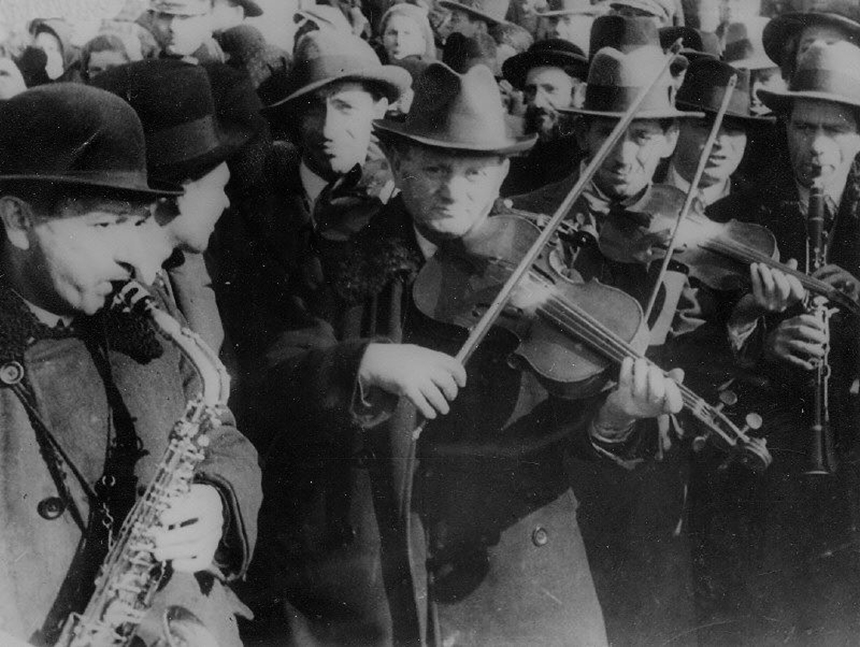
It was often non-Jews who played at Jewish weddings, especially on a holiday when Jews were not allowed to play. All of this is the interpenetration of cultures and the everyday life shared by different peoples on the territory of Ukraine. This made klezmer bands multiethnic, enabling this tradition to continue even in the 20th and 21st centuries.
Before the full-scale war, klezmer music was just beginning to develop in Ukraine. The first stage of its development was in the 1990s and early 2000s. Then, klezmer festivals sprouted up in various places, but this was, unfortunately, cut short by the war.
Some consider Odesa chanson songs to be a form of klezmer music. However, some critically minded people say they are not the same at all because chansons are not spiritual and lack the appropriate expressive means. So, it all depends on who interprets this music and how they do so.
Quite a few classical musicians are klezmorim, including many clarinetists. When discussing prominent figures in world music, such as Bob Dylan or George Gershwin, it is also worth noting that they began with ordinary Jewish music, including klezmer and the clarinet. Gershwin generally adapted these clarinet techniques for the piano.
I'm not sure if I have answered your question, but everything related to Jewish musicians began with klezmer and then evolved into other genres.

The image of a Jew with a violin
Yelyzaveta Tsarehradska: There is this stereotypical image of a Jew with a violin. Could you explain the historical origins of this concept?
Michal Stamova: This image was created by Jews themselves because we have a lively sense of humor. Woody Allen once quipped that Jews invented stand-up comedy to laugh at themselves. The image of a Jew with a violin was best explained by American stand-up, when a person laughs at themselves in order not to cry.
I like this philosophy. A fiddler on the roof is a philosophical principle introduced by Sholem Aleichem. He was a pretty good violinist himself and wanted to become a musician if he didn't become a writer. The folk violin is a fairly simple instrument you can play and pour your soul out.

Aleichem wrote that Jewish life was like a fiddler on the roof: it was about keeping balance. If you are on the roof, you try not to fall while still playing a melody. Let's recall the time when Sholem Aleichem lived: pogroms, the First World War, and so on. However, even at a time like that, you had to play a beautiful classical melody and enjoy life, balancing between suffering and hard times.
A Jew with a violin is a comical and philosophical image rather than a stereotype. As they say in our country, you must live a life regardless of the war. You have to play, sing, and walk on that roof or sit down when you are uncomfortable, but the melody must be good.
The violin is also a biblical, Tanakhic image. It is written in our Tehillim that one should praise the Most High on strings (it can be a lyre, not necessarily a violin). It can also be done using wind instruments. The Most High can be praised using all instruments, as King David wrote.
So, a Jew with a violin or a wind instrument is a thousand-year-old Jewish tradition. Sholem Aleichem explained it philosophically as our life being comic and tragic at the same time.
What Jewish music to listen to
Yelyzaveta Tsarehradska: What Jewish music would you recommend listening to?
Michal Stamova: From Ukrainian Jewish music, I would recommend listening to Hennadii Fomin, who is now in the Armed Forces. We also have Natalia Kasianchyk, who is now in Poland. She composes modern nigunim and is probably the only dombra player in Europe who bases her music on the Ukrainian klezmer tradition. I'm unsure whether her records exist, such as recordings of her performances with the London klezmorim in the early 2000s. She now tours and performs frequently.
I definitely recommend Daniel Kann from among the world's klezmorim. There are numerous klezmer bands worldwide, including the Amsterdam Klezmer Band. In Ukraine, Lev Feldman had — or even still has — his wonderful Feldman Band in Chernivtsi.
Baron Cohen has produced fascinating klezmer music. He released an interesting techno klezmer album with his brother, Sacha Baron Cohen. Klezmer exists in various genres, including klezmer jazz and klezmer rock. You can listen to Barcelona Gipsy balKan Orchestra. The Pushkin Klezmer Band [from Kyiv — Ed.] was quite popular, but its members have now gone to different places in Europe.
Andrii Levchenko, a Ukrainian tambourine player, had interesting concerts. We met some five years ago. He also played klezmer and Ukrainian music and studied the connection between Ukrainian and Jewish music in Podolia.
Project Kesher hosted a Jewish weekend in Khmelnytsky, featuring lectures on Jewish music and dance. Despite the full-scale invasion, there are now many opportunities. For example, Ukrainian women can attend the Weimar Summer Klezmer Festival, which attracts musicians from America, Japan, Europe, and all over the world.
This program is created with the support of Ukrainian Jewish Encounter (UJE), a Canadian charitable non-profit organization.
Originally appeared in Ukrainian (Hromadske Radio podcast) here.
This transcript has been edited for length and clarity.
Translated from the Ukrainian by Vasyl Starko.
NOTE: UJE does not necessarily endorse opinions expressed in articles and other materials published on its website and social media pages. Such materials are posted to promote discussion related to Ukrainian-Jewish interactions and relations. The website and social media pages will be places of information that reflect varied viewpoints.







